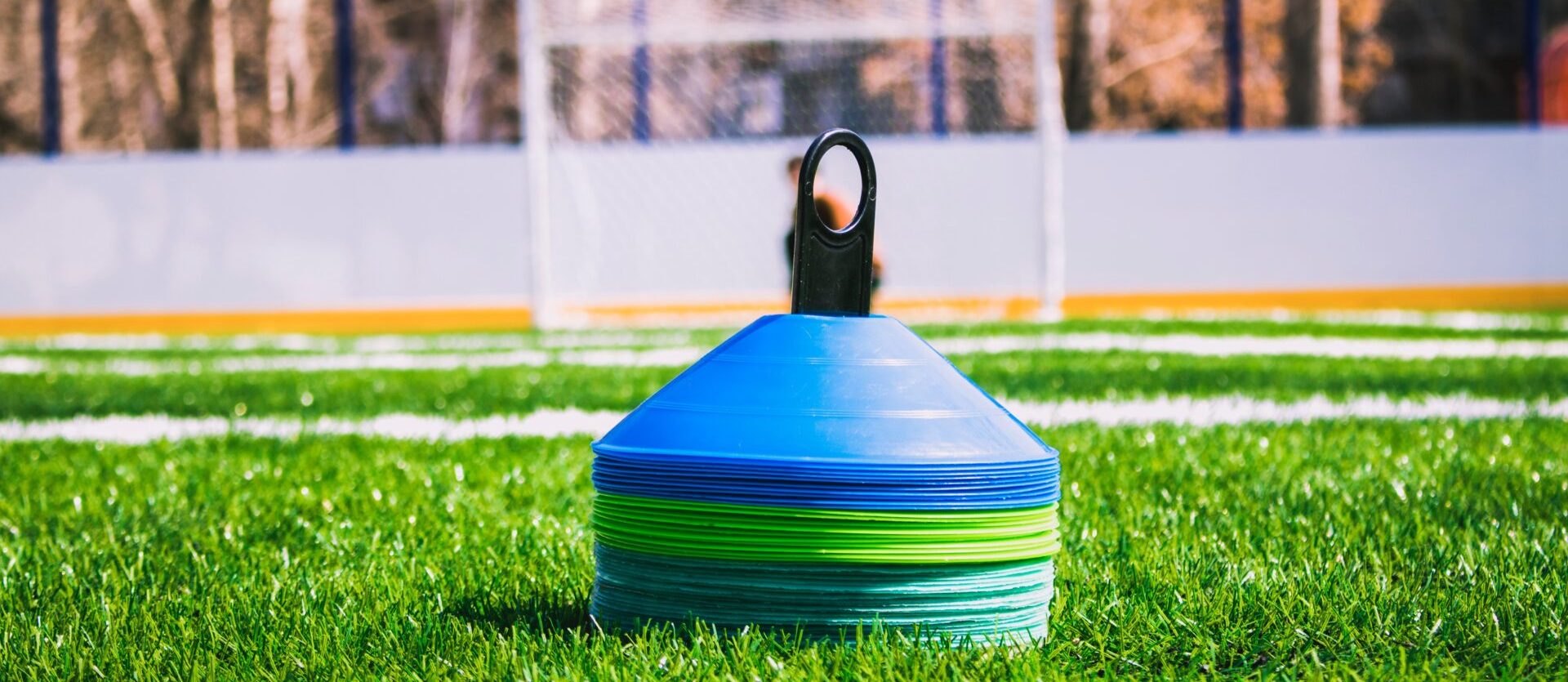
Coaching Session Plans & Use of Social Media
Author: The Coaches Link
Social media is a fantastic tool. Undeniably.
But as a collective of experienced sports and football coaches we have always been intrigued as to how ‘useful’ it tends to be in the planning of our coaching sessions.
Social Media sites like twitter, facebook and Instagram are awash with plans, diagrams and videos of coaching practices and sessions that sports coaches, teams, individuals and clubs have used, shared and are there for us grassroots coaches as an influence and to use within our sessions in the days/weeks/terms to come. All we have to do is write in a hashtag, and given the correct search, we can be blessed with several sessions to choose from.
We have regularly used such sites for inspiration as to how to approach a session, but together have often come across similar hurdles. We wanted to share our experiences with online session plans, and to see if others shared the same opinions, and how we can avoid future hurdles, or even improve the service that we provide online.
Below is a selection of ‘pitfalls’ we have come across…
- Coaching Points – Videos and diagrams of practices invariably look great, designed to catch the eye. Ask yourself “Does the practice fit in with the topic of my session?” It is key that we are able to look at a session and ensure that we can deliver realistic and understandable coaching points, both for the players, and that those points are relevant to the practice.
- Pitch Size – So many videos or diagrams do not have pitch dimensions, and for what age player they used it. Make sure that the practice you create is a size which allows for the practice to work successfully, but also for the players to be challenged. Success and FAILURE are all a key part of the learning of our players.
- How does it fit into a ‘session’ – Individual exercises are all well and good…but make sure that there is continuity between all the separate parts of your sessions. Are the messages the same? The challenges consistent? Can my players relate the warm up to the practice to the game?
- Timings – A common problem we find is that the practice we have recreated is over before it has started. Plan for your progressions and how the practice adapts. Don’t rush through a session and allow for the practice to flow and your coaching points to come out.
- Rotations – Ensure you have a clear understanding of how players rotate around the practice to make sure they get to experience all elements of it. Do all the players get to practice defending and attacking?
- Transitions – Ensure, where appropriate, your practices have an element of transition. Attackers have a goal to score in, defenders have a target should they regain possession. This will aid the realism the exercise and bring in competition.
- Realism – Does the practice look real. Is it a situation that is ‘plucked’ from the game. Could you see that or recreate that in a game on a matchday. This will help the understanding of your players, and cement their learning.
- Competition – Make your sessions competitive. Points for goals, bonus points, lose all your points. Be creative and fun with the rules you set. Competition brings intensity, and the faster players are executing actions, the more skill development will take place. Psychologically, we start to build winners, and accept losing (and more importantly how to overcome it!)
- Set Up – Playing time is the key factor. Have your session set prior to the arrival fo your players, or design the whole practice so that you limit the time you spend on setting up the next part. Look at the video/diagram you are using and see how it can be laid out around your other practices.
We would like to, ideally, see coaches and social media account share their WHOLE session, rather than just the individual practice. Seeing session plans from arrival activity to how they wrap-up and finish may be a more usual tool, so that we can see how a session (From Elite Academies to Grassroots Teams) develops and improves our players.
Categories

